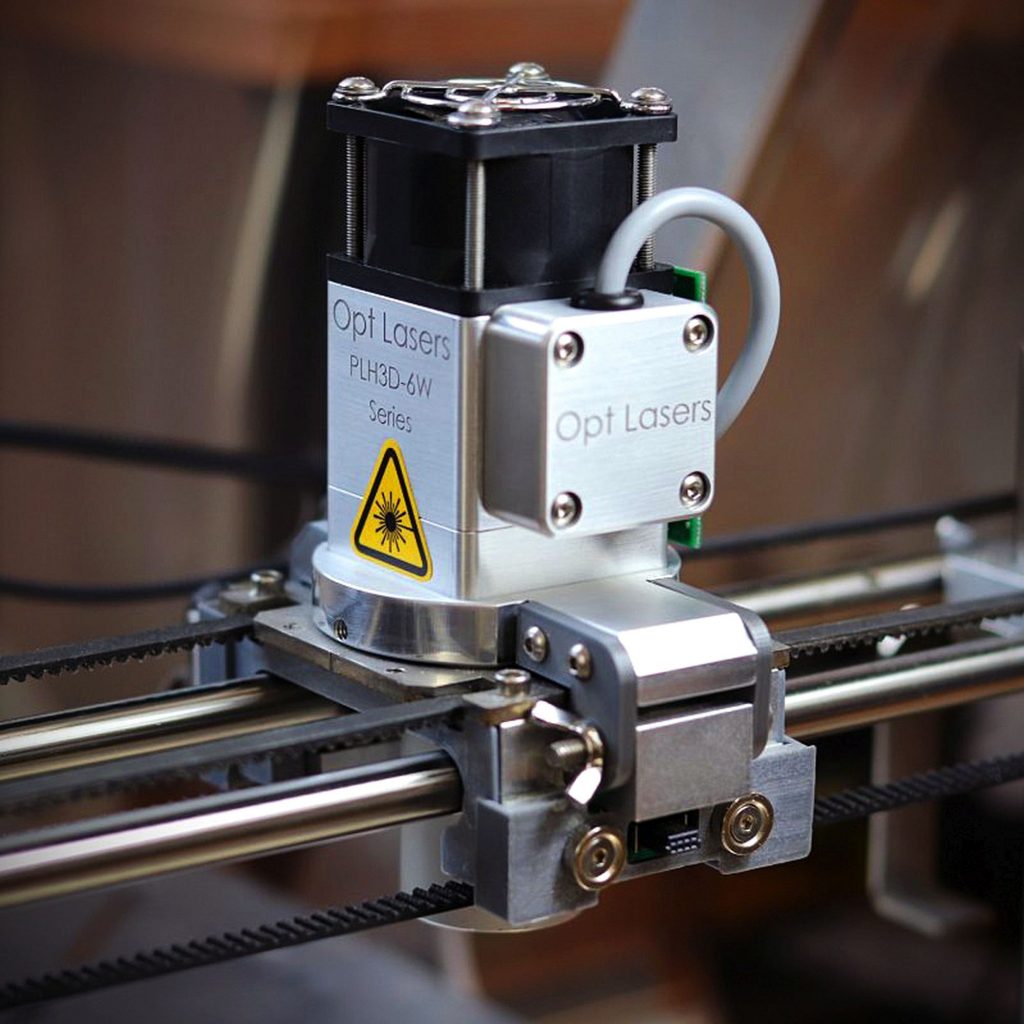In the world of precise positioning and motion control, engineers and scientists often find themselves in need of equipment that can offer unparalleled accuracy and flexibility. This is where flexure stages come into play. These remarkable mechanical systems, based on the principles of flexible elements, provide the precision and reliability required for a wide range of applications in fields such as optics, microscopy, semiconductor manufacturing, and beyond.
Understanding Flexure Stages
Flexure stages, also known as flexure-based positioning systems or flexure mechanisms, are innovative mechanical systems designed to achieve precise and controlled movement. What sets them apart from traditional mechanical systems, which often rely on sliding or rolling mechanisms, is their use of flexible elements.
6-Axis flexure stages, such as the Thorlabs MAX609, allow for enhanced movement of the stage by using six axes. These axes include the:
X-axis: linear movement along the horizontal axis (left and right)
Y-axis: linear movement along the vertical axis (up and down)
Z-axis: linear movement along the depth axis (forward and backward)
Roll: rotational motion around the X-axis (tilt or roll to the side)
Pitch: rotational motion around the Y-axis (tilt or pitch forward or backward)
Yaw: rotational motion around the Z-axis (turning left or right)
Flexure stages can also be found in 3-Axis versions, such as the Thorlabs MBT602 and MBT616D.

Flexure stages offer several key advantages:
High Precision: Flexure stages are renowned for their exceptional precision. They can achieve sub-micron and even nanometer-level positioning accuracy, making them indispensable in applications where precision is paramount.
Repeatability: The predictable and repeatable motion provided by flexure stages is crucial in situations where consistency is vital, such as in scientific experiments and industrial processes.
Lack of Friction: Since they don’t rely on sliding or rolling mechanisms, flexure stages eliminate the issues associated with friction, resulting in smoother and more reliable motion.
Compact Design: Flexure stages can be designed to be compact and lightweight, making them suitable for installations where space is at a premium.
Versatility: Flexure stages can be tailored to provide motion in various degrees of freedom, including translation, rotation, or combinations thereof, offering flexibility for diverse applications.
Applications Across Industries
The versatility and precision of flexure stages find applications across a wide range of industries:

Optics: In optical systems, flexure stages are used for beam steering, focusing, and alignment, ensuring that light is precisely directed where it’s needed.
Microscopy: Microscope setups benefit from flexure stages, which enable the precise positioning of samples and objective lenses, essential for capturing high-resolution images.
Semiconductor Manufacturing: In the semiconductor industry, flexure stages are deployed in equipment for wafer handling, alignment, and inspection, helping to produce the tiny, powerful electronic components found in our devices.
Aerospace and Defense: Aerospace and defense applications rely on flexure stages for antenna positioning, laser beam control, and other critical tasks where accuracy and reliability are mission-critical.
Biomedical Devices: In medical devices like laser surgery systems and DNA sequencers, flexure stages are used to ensure that delicate procedures are performed with the utmost precision.
Flexure stages represent a pinnacle of engineering ingenuity, offering the precision and reliability required for demanding applications in multiple industries. With their ability to provide predictable motion, lack of friction, and compact design, they continue to play a crucial role in pushing the boundaries of what is possible in fields where precision is paramount.
Whether you’re an engineer looking to enhance the capabilities of your equipment or a scientist seeking to capture the finest details in your research, flexure stages are the tool of choice for achieving precision and flexibility in motion control. These remarkable devices are sure to remain at the forefront of technological advancements for years to come.